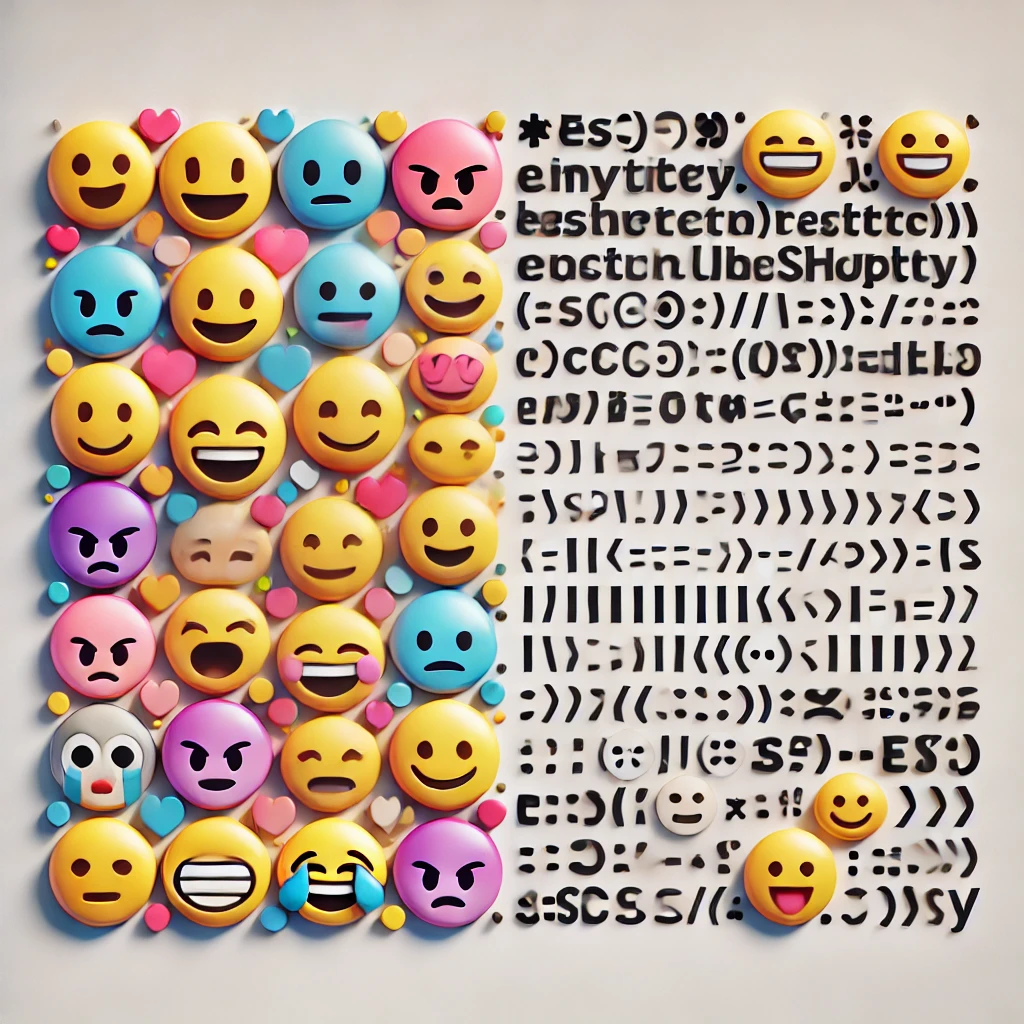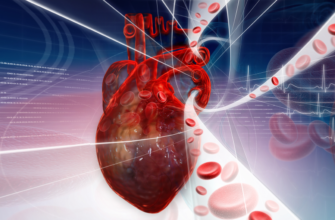In today's digital world, emojis and emoticons have become an integral part of our communication. They help express emotions, which are difficult to convey in text. But, have you thought, what is the difference between them? It seems, that it is the same thing, but in fact there are differences. Let's figure it out, what makes emojis and emoticons unique and how to use them correctly. 
What are emoticons??
Emoticons are a combination of keyboard characters, which create simple graphic images. The emoticon was first created in 1982 year by Professor Scott Fahlman, who suggested using the colon, a dash and a parenthesis :-) to express joy, but :-( - for sadness. Emoticons consist exclusively of ASCII characters (latin letters, numbers, punctuation marks) and look quite simple.
Example:
- :-) - smile
- :-D - laughter
- :-( - I am
What are emojis??
Emojis are colorful illustrations, representing emotions, subjects, phenomena or actions. They appeared in Japan in the late 1990s, when NTT DoCoMo incorporated them into their mobile phones. Emojis include a wide range of images, from a simple smile to symbols of food, transport and even nature. Unlike emoticons, emojis are full pictures, which may sometimes differ depending on the operating system or platform.
Example:
- smile
- laughter to tears
- tears
See more examples of emoticons and emojis on the page https://perfomax.com.ua/vsi-smailyky-ta-emodzi-emoji-po-katehoriiam-v-dostupnomu-formati, there is a wide assortment sorted by categories.
The main differences between emoji and emoticons
- Format: Emoticons are created by a combination of keyboard characters, whereas emojis are ready-made illustrations.
- Detailing: Emoticons are simpler and more minimalistic, whereas emojis have a more detailed look and richness of emotion.
- Diversity: Emojis include more than just emotions, but also many other objects, whereas emoticons are limited to emotional expressions only.
- Origin: Emoticons appeared in the USA in the 1980s, emoji - in Japan in the 1990s.
How to use emojis and emoticons correctly?
- Emoticons great for a minimalist style of communication or when you're using a simple text editor without graphics support.
- Emoji will come in handy, when you want to add more color and variety to your messages, or when it is necessary to clearly convey a certain emotion or object.
An interesting fact! Emojis are annually updated and supplemented with new symbols, which correspond to modern trends and user requests. Example, in 2020 2008, emojis with new cultural and social accents were added to the Unicode standard, such as masked emojis or symbols, related to inclusiveness.
Conclusion
Although emojis and emoticons seem similar, they perform different functions in digital communication. Emoticons are a combination of symbols to express simple emotions, while emojis represent a wide range of graphic illustrations, that allow you to express more, than just emotions.
Choosing between them, it is worth considering the context and format of communication. Want to convey a simple smile? A smiley is quite suitable. You want to add color? Then choose an emoji!












